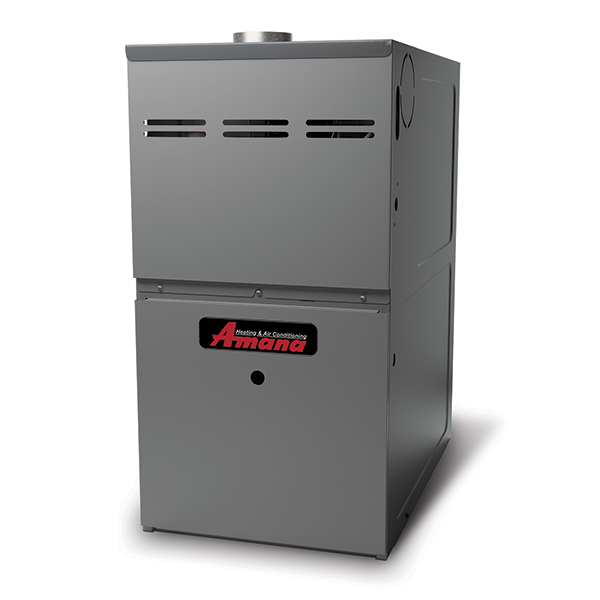Life Expectancy of Natural Gas Furnace
Your HVAC Team in Easton, PA Explains
The last thing you want in the middle of the chilly winter months is a furnace outage. The inconvenience and health hazards of staying in a home that is not comfortably warm far outweigh the cost of fixing your furnace. However, the rush to get your heating system up and running may not only cause an unexpected financial burden, but also leave you with a new furnace that:
- You did not have sufficient time to research
- Is not to your liking in terms of the thermostat functionalities, or appearance of the external unit
- Is not appropriately sized for your home and heating requirements.
The HVAC experts at Comfort Solutions advise clients to get seasonal furnace tune-ups in order to:
- Identify and fix potential issues in a timely manner
- Order and install replacement parts, as required
- Gauge the life expectancy of your heating system, and plan your budget for a new furnace
Read on to know the warning signs that indicate it is time to replace your furnace. Discuss these signs with your HVAC technician during the next maintenance appointment. If a replacement is inevitable, you can start researching new systems and systematically plan your finances for purchasing a new furnace.
Top 5 Indicators that Your Natural Gas Furnace is Due for Replacement
Individually, these signs may not necessarily be reason enough to replace your furnace. However, if you notice more than a few of these issues, it is quite likely that you need a new heating system.
- Age of Your Furnace: As per Consumer Reports, the average life expectancy of a gas furnace is 18 years. However, Energy Star suggests replacement of any heating system that is over 15 years old with an ENERGY STAR qualified furnace, since it is 15% more efficient than a conventional heating solution. If your furnace was already in place when you moved into your home, look for the model number or an owner’s manual to know the age of your unit.
- Unusual Spike in Heating Bills: Are your energy bills steadily rising over the years, or showing signs of an unusual spike? As furnaces age, they lose their efficiency, and may run longer to provide the same amount of heat. Instead of spending additional money on gas or electricity bills, put your finances to better use by purchasing a new, energy-efficient furnace.
- Frequent Repairs: Has the HVAC technician’s number reached your speed dial list? How often has your furnace required repairs in the last two years? Most heating systems face frequent breakdowns in the last couple of years of their lifespan. Replacing or repairing one component after another just to keep the system running may end up costing hundreds of dollars, which you could better use towards purchasing a new furnace.
- Sounds from the Furnace: Is your furnace making any strange noises, such as banging, popping, rattling, or loud humming? Does your blower turn on and off frequently? Leaks, cracks, or structural issues cause unusual sounds when your furnace is at the end of its life.
- Change in Burner Flame Color: Has the burner flame color changed from blue to yellow? Is it flickering a lot? This could be a sign that your furnace fuel is not burning as cleanly as it should, or it is creating poisonous, carbon monoxide gas. While this deadly gas is odorless, tasteless and colorless, other signs that you may have a carbon monoxide leak are:
- Absence of an upward draft in the chimney
- Signs of soot around the furnace
- Excessive rusting on the flue pipes or other pipes and furnace components
- Home occupants experiencing frequent headaches, nausea, a burning feeling in the eyes or nose, disorientation, or flu-like symptoms.
There are a number of other symptoms that could collectively add up to indicate that your furnace functions are failing. Rooms heating unevenly, or accumulation of excess moisture on the walls, windows, doors, and cold surfaces in your home, could also be signs that you need to start shopping for a new heating solution soon. In fact, a planned replacement will help you ascertain the new furnace’s features, AFUE ratings, warranties and post-sales service, and prevent costly mistakes that are likely to occur due to emergency furnace shopping.
Not sure if your heating system has reached the end of its life? The licensed and qualified technicians at Comfort Solutions HVAC can inspect your existing natural gas furnace to estimate how soon you need a replacement. We can also assist you in choosing from our wide range of energy-efficient heating solutions that will keep your living spaces toasty and comfortable.
For more information on natural gas furnace life expectancy and replacements, speak to the experts at Comfort Solutions HVAC. Call us at 610-438-9300 or contact us online.

Recent Posts

How to Reduce Your Heating Bills this Winter

The Benefits of Seasonal HVAC Inspections

The Pros and Cons of Ductless HVAC Systems

How to Reduce HVAC Noise in Your Home
